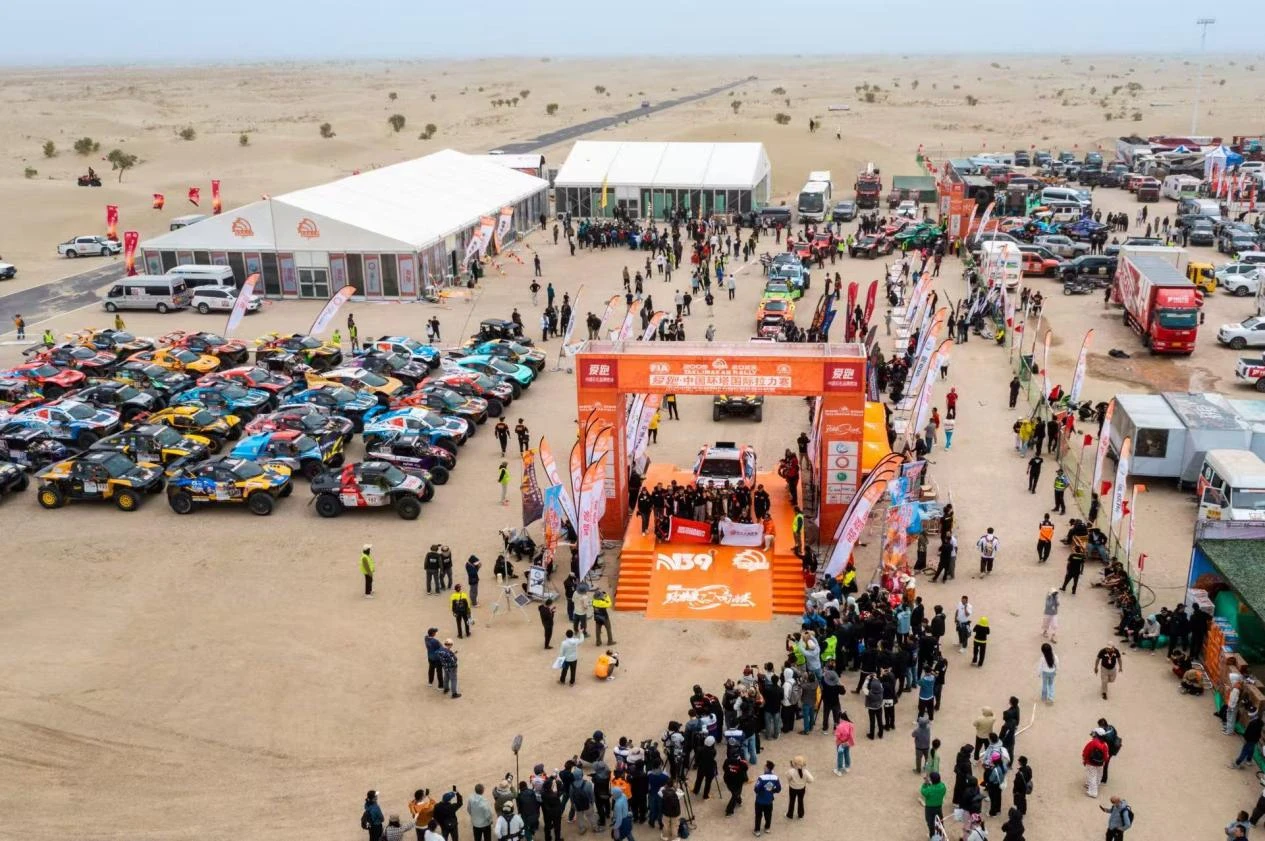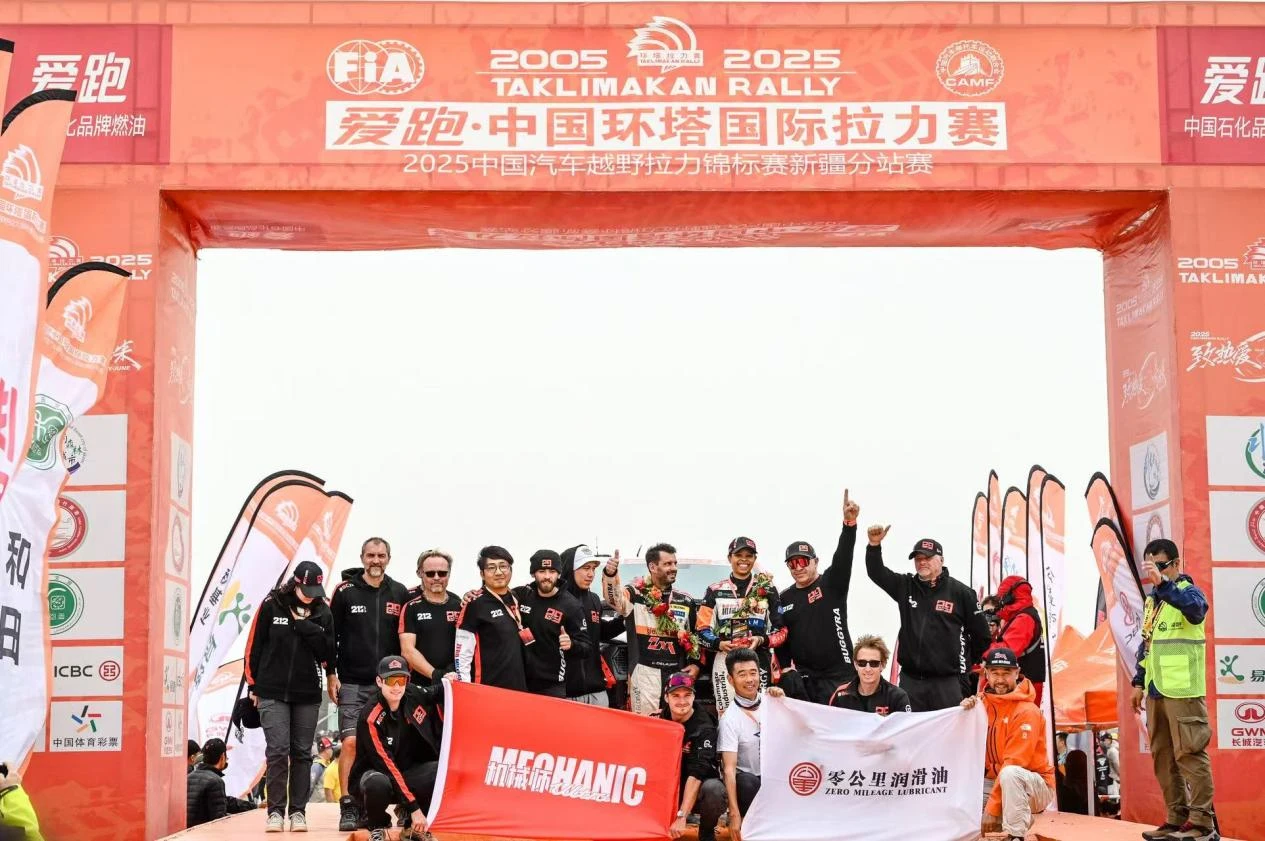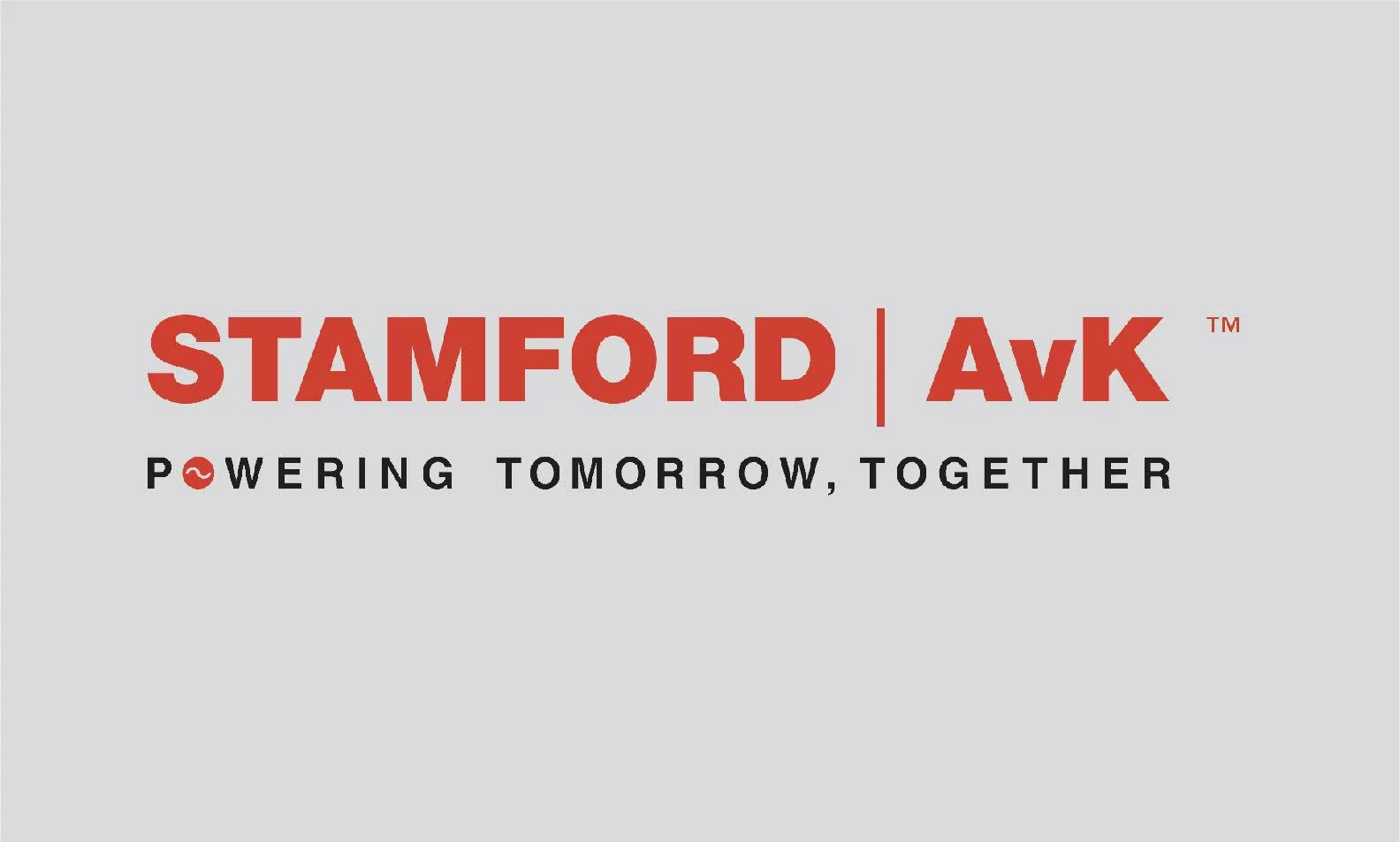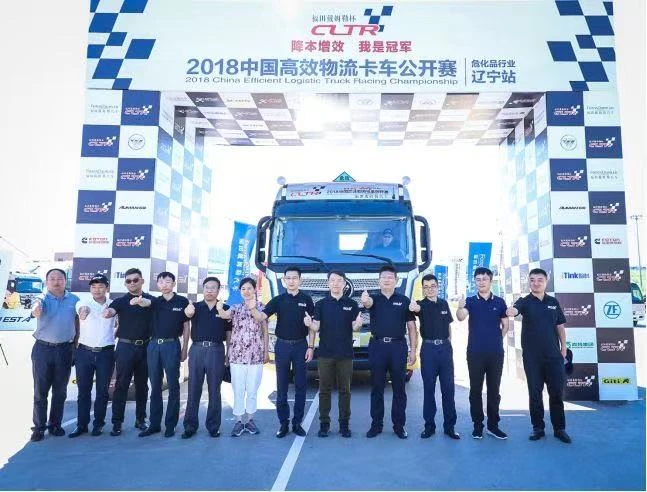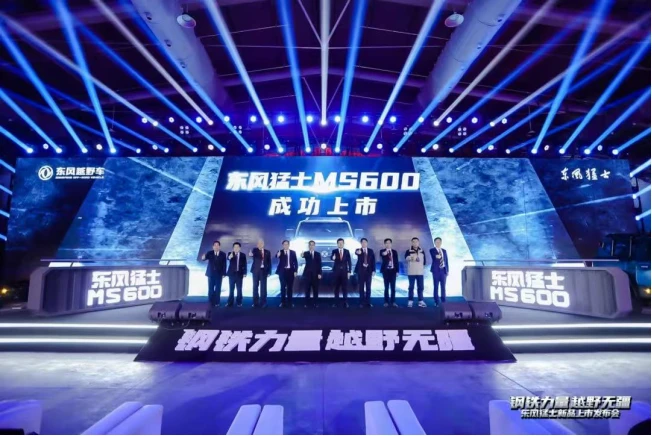Global Branding Strategy across Cultures
Developing an effective branding strategy for international markets requires balancing consistency with cultural adaptation. At E&C EASYC GROUP, we help smart manufacturing brands navigate world advertising challenges while maintaining strong corporate identities across borders through our proprietary SSTD Lean Marketing System. With operations in 15 countries and serving clients across 6 continents, we've developed proven methodologies for building brands that resonate locally while maintaining global cohesion.

Cultural Research for Branding Strategy
- Our branding strategy process begins with 6-8 weeks of intensive cultural audits in each target market, analyzing everything from local customs to communication styles through a combination of ethnographic research and big data analysis. We deploy teams of cultural anthropologists who conduct in-market immersion studies, supplemented by AI-powered sentiment analysis of local social media and digital platforms.
- The world advertisingteam conducts comprehensive semiotic analysis to identify culturally appropriate symbols and visual metaphors, creating detailed "cultural codebooks" for each market. These codebooks document everything from color symbolism to gesture meanings, ensuring our creative work aligns with local cultural norms. For example, while red signifies prosperity in China, it can represent danger or debt in other cultures.
- We evaluate how corporate identitiesare perceived differently across regions through a combination of focus groups, expert interviews, and AI-powered image recognition analysis. Our proprietary Brand Perception Index tracks 12 key dimensions of brand perception across markets, allowing us to identify where adaptations may be needed while maintaining core identity elements.

Visual Adaptation in World Advertising
- The branding strategyincludes scientifically-developed color palette variations that maintain recognition while respecting cultural associations. Our color adaptation process uses spectral analysis to ensure visual harmony is maintained when adjusting hues for different markets. For instance, we might shift from vibrant primary colors in Western markets to more muted tones in Scandinavian countries while keeping the relative color relationships intact.
- Our world advertisingdesigners create localized logo treatments when necessary, preserving core brand elements while making culturally-appropriate adjustments. This might involve simplifying complex logos for markets with lower literacy rates or adding culturally-relevant design elements. All adaptations follow strict guidelines to maintain minimum recognition thresholds - we never change more than 30% of the core visual identity.
- We develop comprehensive corporate identitiesstyle guides with flexible implementation rules for different cultural contexts. These "living style guides" include market-specific exceptions and alternatives, updated quarterly based on ongoing cultural monitoring. Each guide contains over 200 implementation standards covering everything from typography hierarchy to photographic styles.
Messaging Development for Corporate Identities
- The branding strategyteam crafts core messages through our proprietary Universal Human Truths framework, identifying emotional triggers that translate effectively across cultures while maintaining brand essence. We've identified 12 cross-cultural emotional drivers that form the foundation of all global messaging, adapted through local storytelling conventions.
- Our world advertisingcopywriters adapt taglines and value propositions using transcreation rather than simple translation. This sophisticated process involves local linguists recreating messaging to preserve intent, tone and context rather than just translating words. For example, Nike's "Just Do It" became "Use Your Will" in Chinese to better convey the motivational essence.
- We ensure corporate identitiesnarratives align with market-specific consumer aspirations through our Cultural Positioning Matrix. This tool maps local values against brand attributes to identify the most relevant positioning angles. In individualistic cultures, we might emphasize personal achievement stories, while collectivist markets respond better to community-focused narratives.
Channel Strategy in Branding Strategy
- The branding strategyincorporates detailed local media consumption analysis through our proprietary Channel Effectiveness Index, which tracks over 50 media variables across markets. We've found that while digital dominates in most markets, the specific mix varies dramatically - from 80% mobile-first in Southeast Asia to more balanced digital/TV mixes in European markets.
- Our world advertisingteam adapts content formats not just for platforms, but for local usage patterns. For instance, while Instagram may be the premium platform in the US, we might focus on LINE in Japan or KakaoTalk in Korea. Even within platforms, usage differs - Instagram Stories dominate in Brazil while Feed posts perform better in Germany.
- We maintain corporate identitiesconsistency through our Global-Local Content Framework, which specifies which elements must remain fixed versus where localization is allowed. All market-specific content flows through centralized approval systems that automatically check for brand compliance while allowing for cultural adaptation.
Measurement and Optimization
- Our branding strategymeasurement system tracks 28 standardized KPIs across all markets, plus up to 15 market-specific indicators. This balanced scorecard approach lets us compare performance globally while accounting for local differences. All data flows into our global brand dashboard updated in real-time.
- The world advertisinganalytics team conducts quarterly brand health checks in each market using our proprietary Brand Vital Signs methodology. These comprehensive assessments measure awareness, consideration, preference and 12 other brand health metrics through locally-validated survey instruments.
- We optimize corporate identitiesthrough continuous A/B testing of visual and verbal identity elements in local contexts. Our adaptive branding system automatically surfaces the best-performing variations while maintaining core identity elements. Over time, this creates a "smart" brand system that improves with each iteration.
Branding Strategy FAQs
Q: How can businesses use world advertising to strengthen their branding strategy?
A: Businesses can leverage world advertising to reinforce branding strategy by tailoring messages to different cultural contexts. By using targeted global ad campaigns, they can highlight unique brand values, reach wider audiences, and enhance brand awareness across diverse markets, thereby solidifying the overall branding strategy.
Q: What are the key elements of corporate identities that impact branding strategy?
A: Corporate identities include visual elements like logos, color schemes, and typography, as well as intangible aspects such as brand voice and mission. These elements shape branding strategy by creating a consistent image and message that resonates with customers, influencing how the brand is perceived in the market.
Q: How does world advertising adapt to the corporate identities of different companies?
A: World advertising adapts to corporate identities by aligning ad content, visuals, and messaging with a company’s established identity. This involves using brand-specific colors, logos, and taglines in ads, ensuring that the advertising efforts not only promote products or services but also reinforce and enhance the corporate identity globally.
Q: What role does branding strategy play in developing effective corporate identities?
A: Branding strategy serves as the foundation for corporate identities. It defines the brand’s values, target audience, and unique selling proposition, which then inform the creation of visual and conceptual corporate identities. A well-crafted branding strategy ensures that corporate identities are cohesive, memorable, and aligned with business goals.
Q: How can companies integrate corporate identities into their world advertising campaigns?
A: Companies can integrate corporate identities into world advertising by maintaining consistency across all ad platforms. This includes using standardized logos, colors, and brand messaging in global campaigns, adapting them to local cultures while preserving core identity elements, and ensuring that the corporate identity remains recognizable and impactful worldwide.
Welcome to E&C Global Advisor https://www.ecglobaladvisor.com/ ,Where global strategy meets actionable growth. As your trusted marketing consulting partner, we decode international markets through a blend of top-tier global resources, local insights, and data-driven strategies. Our team—comprising veterans from leading consulting firms and global platforms—specializes in crafting brand positioning, market entry roadmaps, and digital strategies that transcend cultural barriers.
We don’t just advise: we activate. From manufacturing giants to tech innovators, our multi-dimensional services (market research, channel optimization, cross-border branding) turn ambitions into measurable results. Whether navigating EU regulations or cracking APAC consumer trends, we merge strategy with execution, ensuring your brand thrives in any landscape.
Ready to scale globally? Let’s transform your international vision into a resilient, growth-driven reality.



